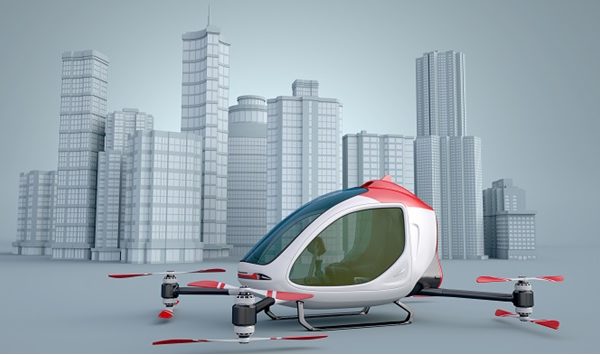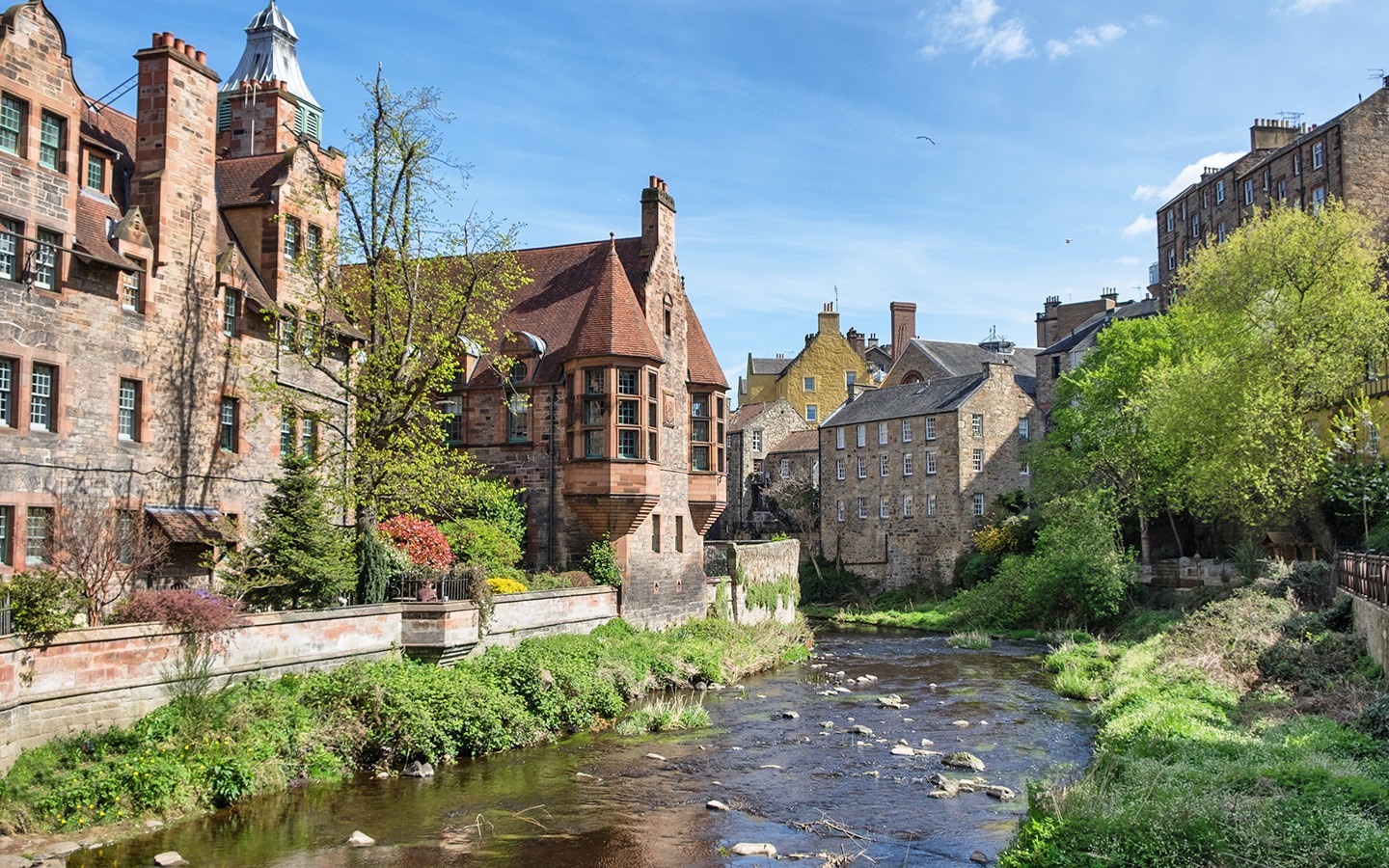The City Palace is an impressive fusion of customary Rajasthani and Mughal art and construction. The City Palace complex basically encompasses of numerous splendid and royal structures. In the heart of the old Jaipur city, this palace covers a huge area which is further segmented into a sequence of courtyards, gardens and buildings.
Interestingly, the outer wall of this world famous complex was constructed by Jai Sing; however other additions were undertaken much later, somewhat near around the beginning of this century. The City Palace spread around one-seventh of the vicinity of the walled city. Additionally, it comprises of the Chandra Mahal, Shri Govind Dev Temple and the City Palace Museum.
The first structure in this palace is Mubarak Mahal, which was fabricated by Maharaja Madho Singh. It has a magnificently engraved marble gate with heavy brass doors on each side of this gate. Outside this gate, there is the Diwan-E-Khas (also known as the Hall Of Private Audience) with a marble covered gallery. Across a marble paved square, you will find the Diwan-E-Am (popularly known as the Hall Of Public Audience) with its detailed decorations and manuscripts written in Persian and Sanskrit languages. Plus, there is a clock tower and the newly constructed Mubarak Mahal.
When you will go the north-west direction of the palace you will find the majestic and charming seven-storey Chandra Mahal, the house of preceding ruler. The seven storey of Chandra Mahal has been considered as the symbol of pride and joy with magnificent views of the gardens and the Jaipur city.
The complex also has an exceptional museum, a munitions store and quite a lot of outstanding halls. The apartments are maintained in lavish manner and the museum of Maharaja Sawai Man Singh II has an all-embracing compilation of art, carpets, enamelware and old weapon.
The paintings that are showcased in the museum mainly include miniatures in Rajasthani, Mughal and Persian schools. The munitions dating back to the 15th century as well as numerous inventive and complicated weapons, which the Rajput soldiers used at that point of time. A division of museum also consists of dresses and costumes of the preceding Maharajas and Maharanis of Jaipur.
Each storey has a unique name and is a place of absolute exquisiteness and opulence. Paintings, flower-patterned decorations, mirror walls and ceilings in the conventional style are some of the key aspects that festoon the palace. And, the topmost storey is known as the Mukut Mahal. Every year thousands of visitors come to India to view these palaces in Rajasthan.
Ultimately, would say that witness the magnificence of the City Palace, whenever you visit Rajasthan.





